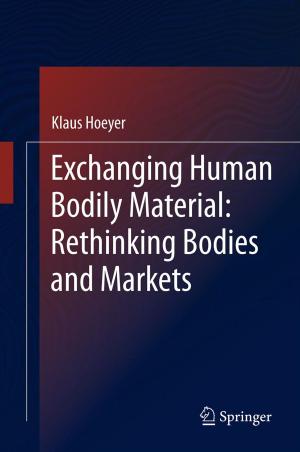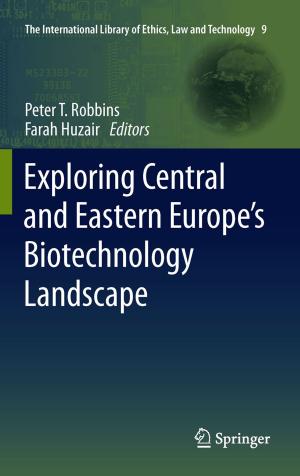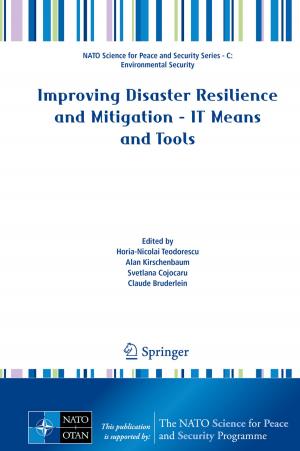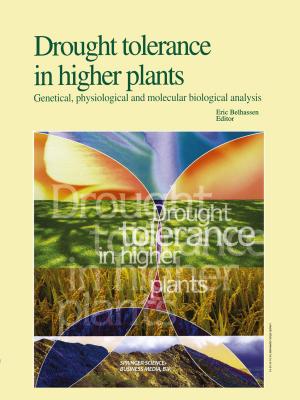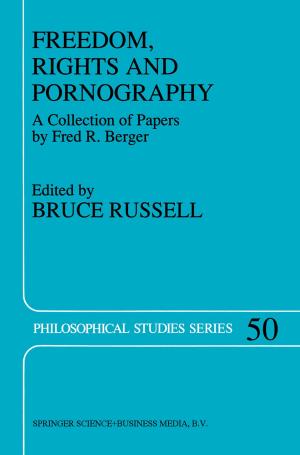Developments in Soil Classification, Land Use Planning and Policy Implications
Innovative Thinking of Soil Inventory for Land Use Planning and Management of Land Resources
Nonfiction, Science & Nature, Science, Earth Sciences, Biological Sciences, Environmental Science, Nature| Author: | ISBN: | 9789400753327 | |
| Publisher: | Springer Netherlands | Publication: | February 15, 2013 |
| Imprint: | Springer | Language: | English |
| Author: | |
| ISBN: | 9789400753327 |
| Publisher: | Springer Netherlands |
| Publication: | February 15, 2013 |
| Imprint: | Springer |
| Language: | English |
As the world’s population continues to expand, maintaining and indeed increasing agricultural productivity is more important than ever, though it is also more difficult than ever in the face of changing weather patterns that in some cases are leading to aridity and desertification. The absence of scientific soil inventories, especially in arid areas, leads to mistaken decisions about soil use that, in the end, reduce a region’s capacity to feed its population, or to guarantee a clean water supply. Greater efficiency in soil use is possible when these resources are properly classified using international standards. Focusing on arid regions, this volume details soil classification from many countries. It is only once this information is properly assimilated by policymakers it becomes a foundation for informed decisions in land use planning for rational and sustainable uses.
As the world’s population continues to expand, maintaining and indeed increasing agricultural productivity is more important than ever, though it is also more difficult than ever in the face of changing weather patterns that in some cases are leading to aridity and desertification. The absence of scientific soil inventories, especially in arid areas, leads to mistaken decisions about soil use that, in the end, reduce a region’s capacity to feed its population, or to guarantee a clean water supply. Greater efficiency in soil use is possible when these resources are properly classified using international standards. Focusing on arid regions, this volume details soil classification from many countries. It is only once this information is properly assimilated by policymakers it becomes a foundation for informed decisions in land use planning for rational and sustainable uses.

